The FIA’s imminent clampdown on flexi-wings at the Singapore Grand Prix was triggered by concerns Formula 1 teams have been using “localised compliance and/or relative motion between adjacent components” for aerodynamic advantage.
This means that rather than being focused on the flexing of whole assemblies and components, the FIA is cracking down on designs that deliberately use either variability in the flexibility of a part or movement between interconnected parts.
The technical directive that comes into effect ahead of next weekend – TD018, which was initially issued in draft form with the definitive version sent to teams on Monday of this week – does not target specific teams. It will likely mean that more than one competitor must make modifications.
As FIA single-seater technical director Tim Goss explained, it is being introduced to ensure teams know where the limit is in terms of the extent of the flexibility of bodywork.
“The TD is about making sure that the FIA and the teams have a common understanding of where we will draw the line,” Goss told The Race.
“The TD essentially says that what we would expect to see is that a wing, or any other bodywork we test, has a broadly uniform distributed beam bending or rotation across the length. We’re saying your front wing can move and can back off, but we expect it to be broadly uniform along its length.
“What we don’t want to see is that, at the joint of, let’s say, a rear beam wing to an endplate that it’s decoupled in any way such that it can rotate about a pivot or it can move laterally or up and down.
“So we’re saying that you can’t have very localised motion of one component relative to another. The assembly can move as a whole body but we don’t expect to see parts of it being able to translate relative to others.”
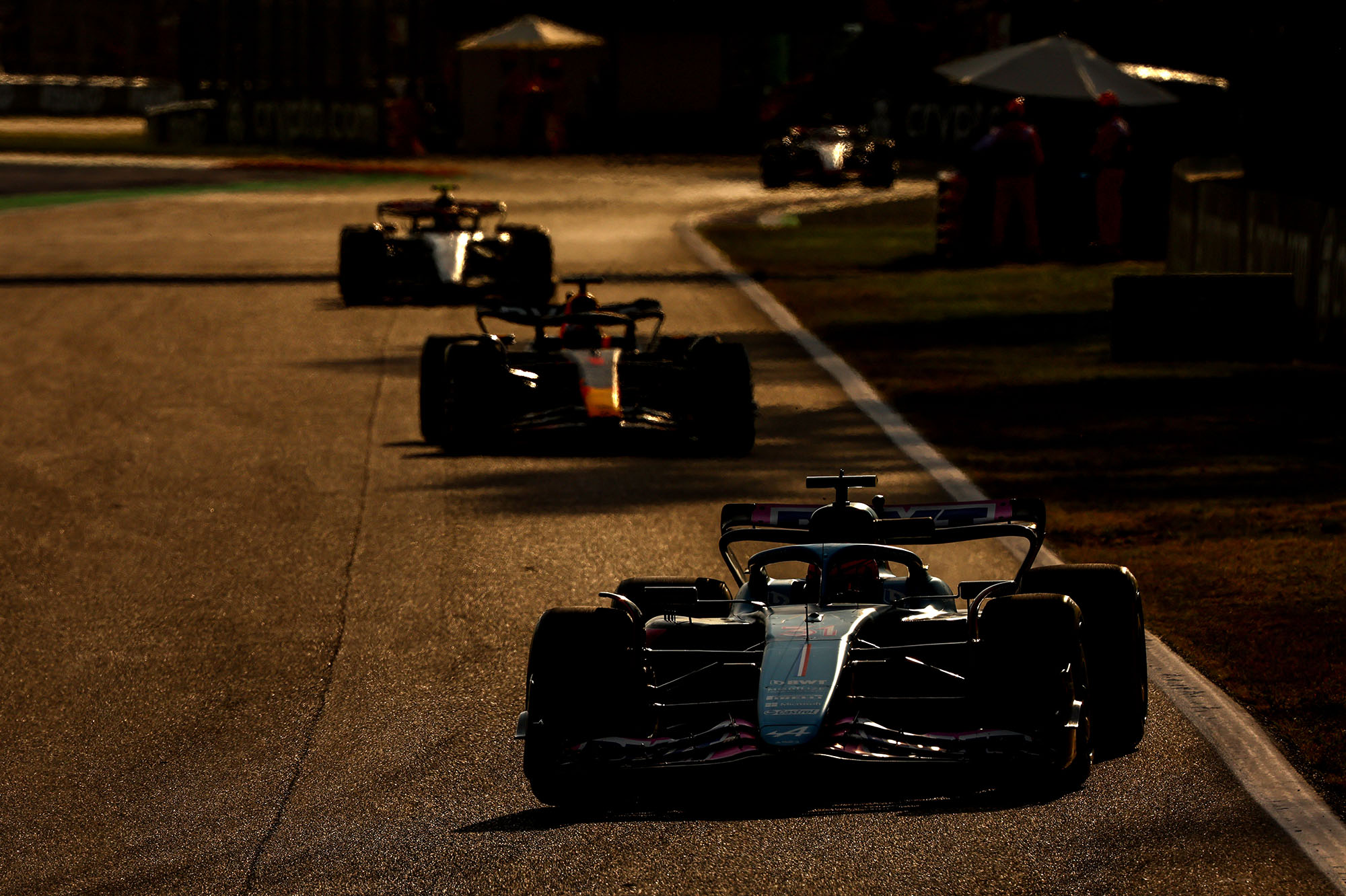
F1 teams will always do what they can to exploit what freedom there is in bodywork flexibility. It has long been part of the game and it’s always about doing so within what is permitted by the rulemakers. But this technical directive is the latest intervention designed to ensure teams don’t go too far.
Rather than representing a dramatic rule change, this is part of the constant progress of evolving the interpretation, application and enforcement of F1’s complex regulations relating to flexible bodywork.
WHY IS THE TECHNICAL DIRECTIVE NECESSARY?
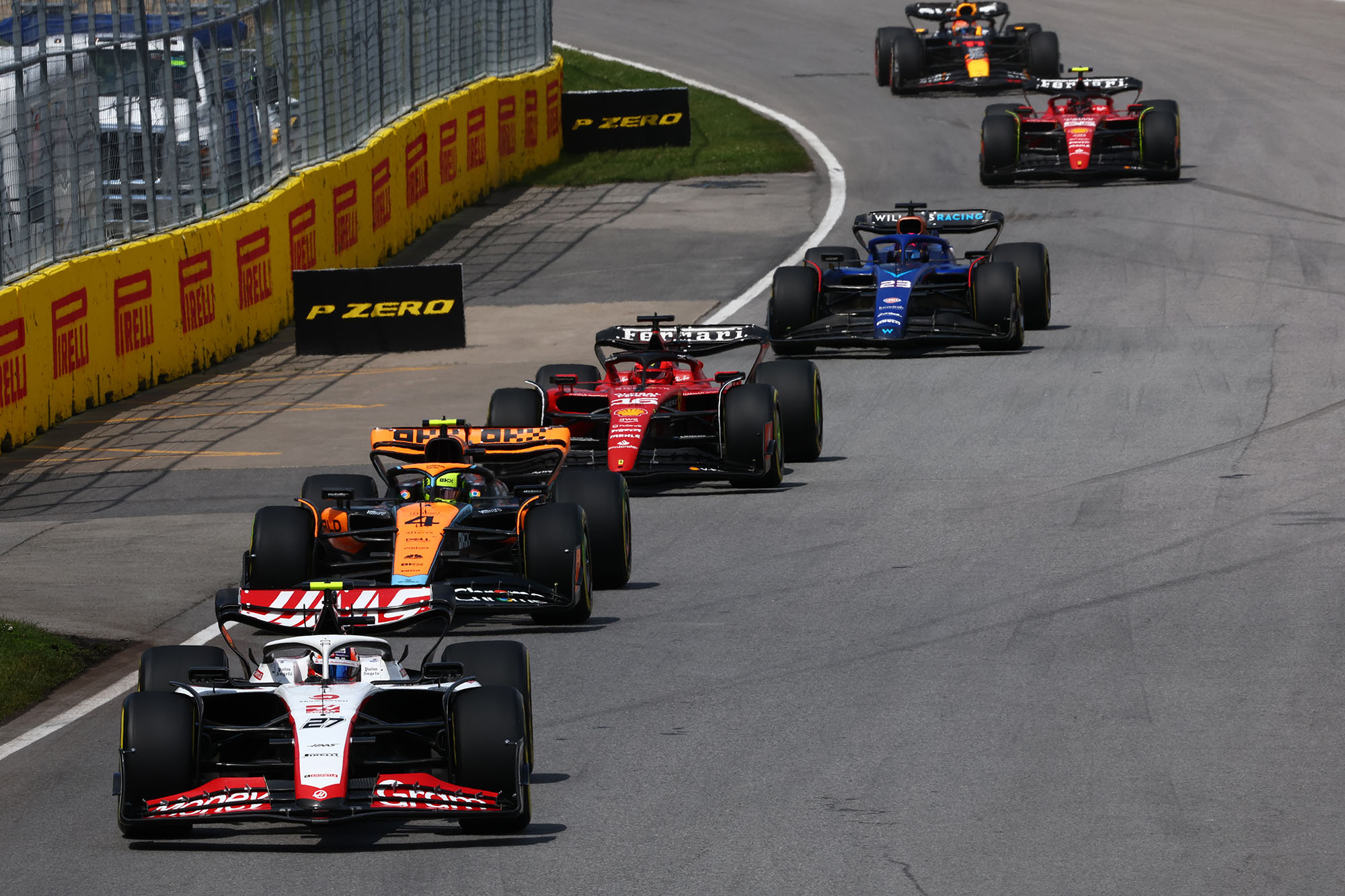
It’s well known that flexible bodywork is outlawed in F1, just as it has long been the case that teams will attempt to design in favourable aeroelastic characteristics that can ‘back off’ components at high speed and therefore reduce drag, or modify the car’s aero balance from low-speed to high-speed corners.
Front wing aeroelasticity is focused on achieving such balance changes. These parts then return to their normal shape to produce downforce when not under high-speed load. The push-and-pull between the teams and those who write and enforce the rules is therefore a never-ending one.
There are stringent static load-deflection tests laid out in the technical regulations that the FIA has the necessary equipment to apply. The rules permit a certain amount of flexibility during these tests, which have continuously evolved and been refined to be as comprehensive an eligibility check as is possible
“We have a range of load-deflection tests and these define how much a front wing can bend, how much a front flap can bend, how much a rear wing can bend,” said Goss.
“We’ve evolved those tests and they’ve become more and more refined to represent what the teams are actually trying to achieve to put a sensible limit on it.
“Everybody plays by those rules and they look to exploit that allowance in terms of the deflection that is the limit we are going to apply in terms of something being assessed as being rigid.”
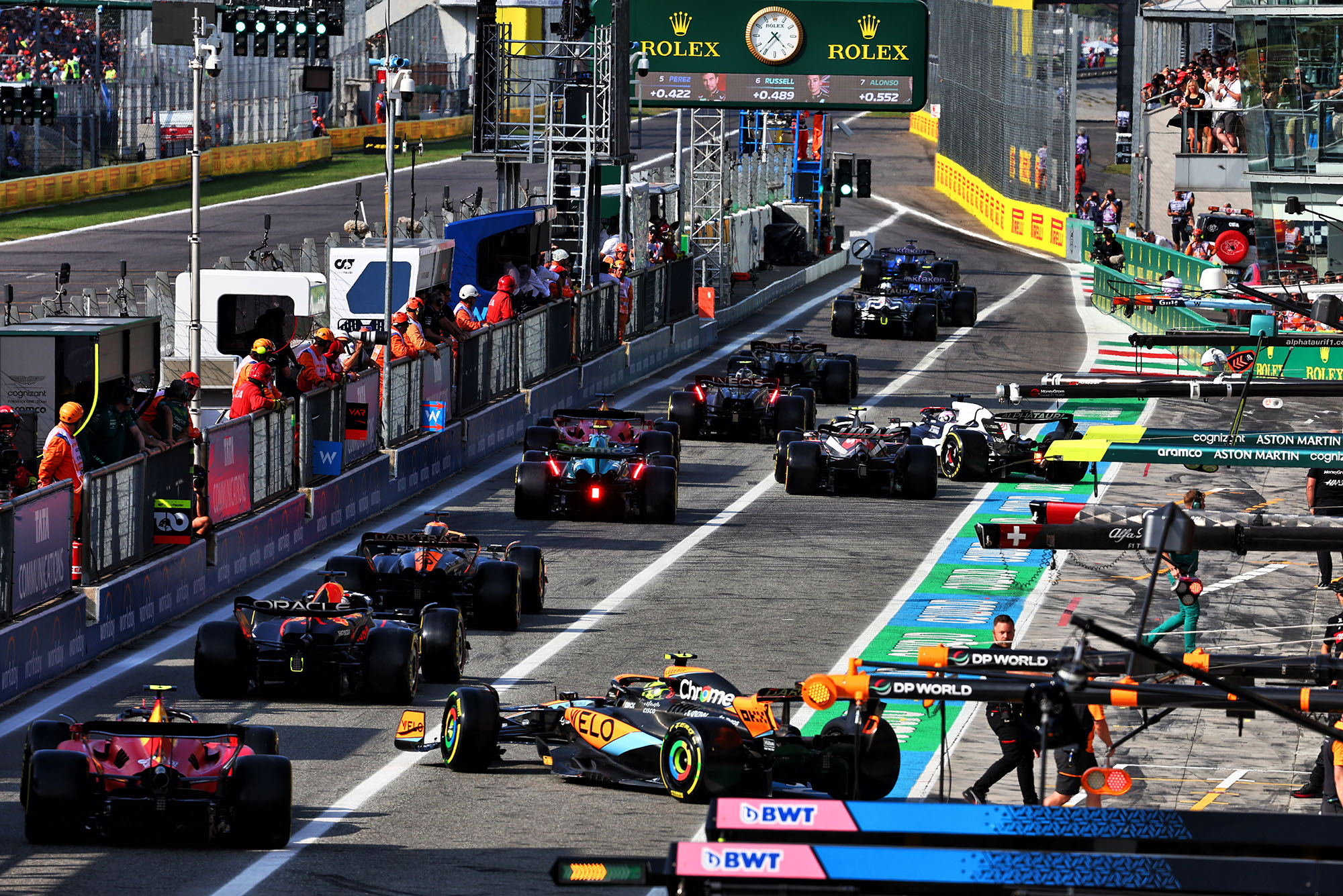
However, it is possible to pass these while not being compliant with the wider rules on bodywork flexibility laid out in the technical regulations. That’s because it’s impossible to test for every possible load on every part of the car.
Article 3.2.2 states that: “All aerodynamic components or bodywork influencing the car’s aerodynamic performance must be rigidly secured and immobile with respect to their frame of reference defined in Article 3.3 [defining bodywork that is part of the sprung mass of the car]. Furthermore, these components must produce a uniform, solid, hard, continuous, impervious surface under all circumstances.
“Any device or construction that is designed to bridge the gap between the sprung part of the car and the ground is prohibited under all circumstances.
“With the exception of the parts necessary for the adjustment described in Article 3.10.10 [DRS], or any incidental movement due to the steering system, any car system, device or procedure which uses driver movement as a means of altering the aerodynamic characteristics of the car is prohibited.
“The aerodynamic influence of any component of the car not considered to be bodywork must be incidental to its main function. Any design which aims to maximise such an aerodynamic influence is prohibited.”
Some allowance for flexing with load must exist as without at least some give components will fail. The laws of physics mean the flexible bodywork regulations must by their very nature exist in a grey area. As Goss points out, “quite clearly, things cannot be infinitely rigid” and the FIA’s aim is to put a sensible and realistic limit on the exploitation of flexibility given it’s impossible to eliminate it entirely.
The technical directive system allows the FIA to clarify its interpretation of the regulations and what it does or does not deem permissible. However, it’s important to note that this is not the final say on the matter as any team can lodge a formal protest. At that point, it would be down to the FIA stewards to consider the matter. But this process ensures that such action is kept to a minimum.
WHAT ARE THE ORIGINS OF THIS TD?
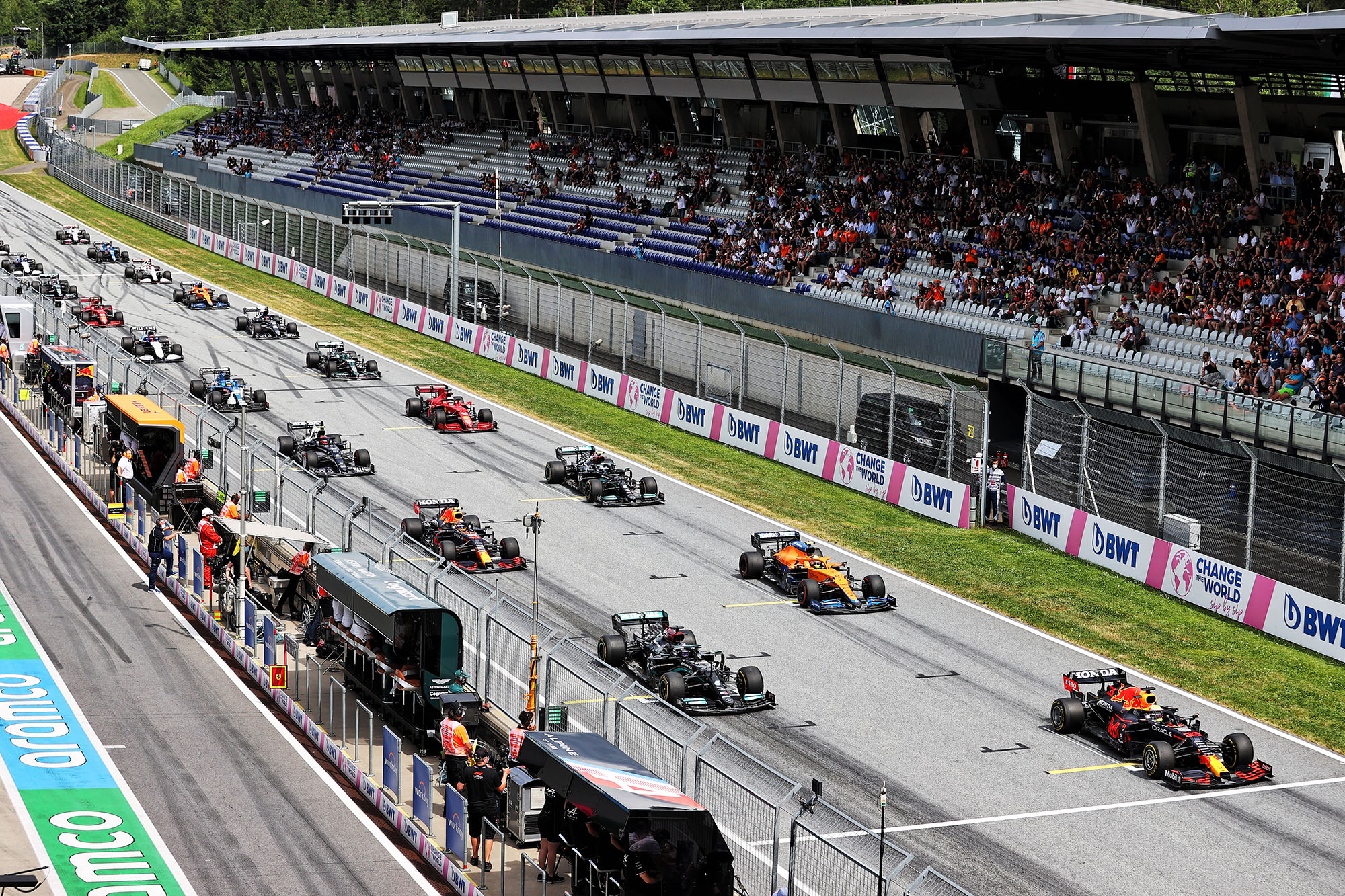
The new technical directive isn’t entirely new. It was first introduced in 2021, coming into effect in the middle of June, and focused on rear wing flexibility.
It was subsequently updated multiple times through to the end of 2022, but then withdrawn for 2023 because the measures it contained were incorporated into the 2023 technical regulations.
“We withdrew it from the active TDs because we did some regulation updates and felt we didn’t need it,” said Goss.
“But over this season, we felt that there’s been a little bit too much creep in design details of aerodynamic components.”
That led to TD018 being reissued in draft form on August 22 with wording designed to counteract that design creep. Drafts are circulated to the teams for feedback that is then used to tweak the wording to ensure the final version, which has now been issued, is as comprehensive as possible.
TD018 in its latest form is therefore very different to the previous versions and framed to ensure areas where teams are considered to have gone beyond the bounds of what is acceptable not just now but also based on what it could lead to in the future.
WHAT DOES THE TECHNICAL DIRECTIVE SAY?
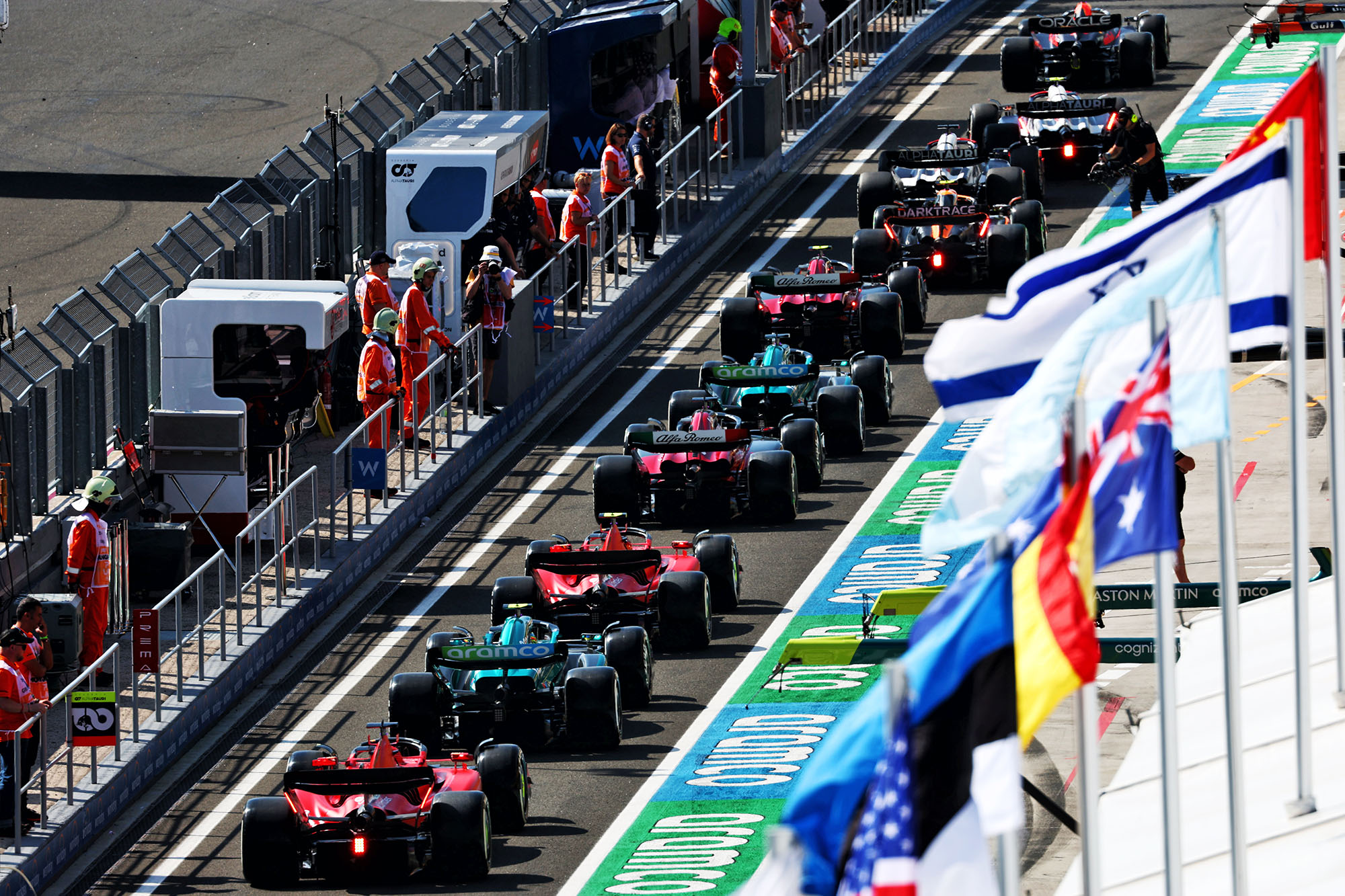
The technical directive highlights the fact the FIA is aware of bodywork designs that comply with the load tests in the regulations but that exploit localised compliance or relative motion.
It references Article 3.2.2 of the regulations requiring bodywork to be secured and immobile and produce a “uniform, solid, hard, continuous, impervious surface under all circumstances”.
When it comes to front wings, this is particularly targeting areas of flexibility where the front wing planes meet either the endplates or the front-wing support pillars. While the FIA accepts there will be a certain amount of ‘back-off’, what it is keen to see is that this is indeed uniform. Effectively, it means any bending or rotation must be of a broadly uniform distribution.
The technical directive specifically lists four designs it says are not permitted.
The first two are wing elements that move vertically, longitudinally or laterally relative to whatever bodywork they are attached to and wing elements that rotate relative to the bodywork they are fixed to.
The next is designs using elastomeric fillets (ie that distort under load then return to their originally shape once unloaded) in compliant sections of wing profile or thin flexible laminate at junctions that can deflect to aero advantage.
Also not permitted are designs using soft trailing edges to prevent cracking as a result of the deflection.
The technical directive also mentions cases that are permitted that relate to details of the floor, plank, slot gaps and pin-jointed structures (ie those permitting relative rotation on one axis).
HOW WILL COMPLIANCE BE TESTED?
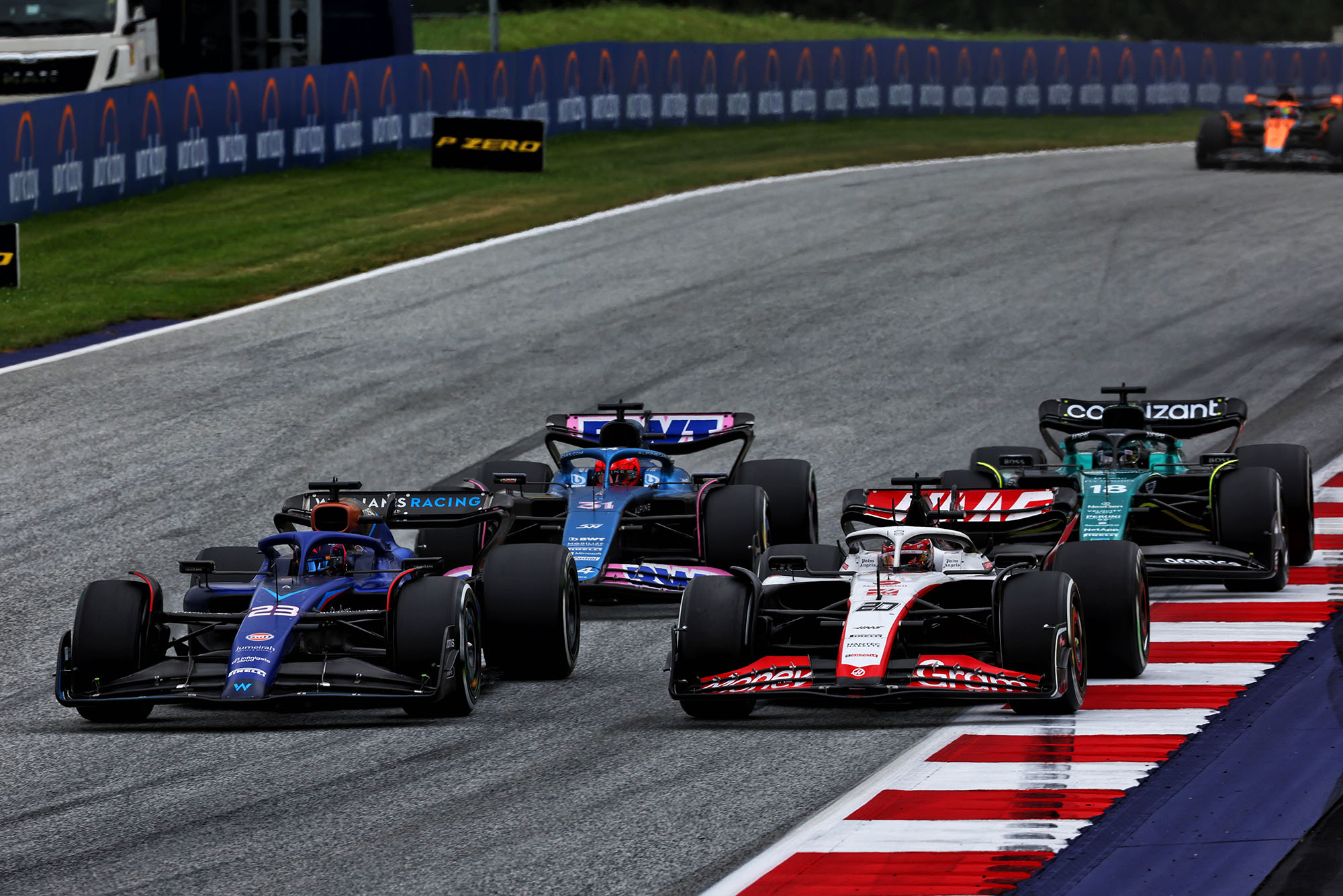
The latest draft of TD018 requires teams to submit design details to the FIA by the close of business on September 8 for compliance checks. This will allow he FIA to ensure the designs comply with the technical directive and give feedback to teams if required.
Assembly drawings or images and cross sections are required that show the fixation of the front wing elements to the nose, the fixation of the rear wing elements to the rear wing endplates, rear impact structure and pylon(s) and the fixation of the rear wing pylon(s) to the rear impact structure.
The usual checks will be conducted during the Singapore GP weekend using the static load tests. The FIA has already incorporated checks for relative movement into these, partly through loading and unloading components more rapidly than before.
However, there are other methods used beyond the load tests. These include inspections both of physical parts and design documentation and video footage.
“Some of this is us physically touching and moving some components,” says Goss. “You find a fairing that’s a bit soft, and wonder what’s underneath it.
“Then you start engaging with the teams to find out what the structure underneath looks like and why the fairing might have been designed to be less rigid than it needs to be.
“Then the other method is video evidence. We have the dots on the wings and you can use the dots on the wings to measure the amount of motion of the different wing elements. You can also use other references on the wings.
“So we do a lot of the standard measurements and a lot of more ad hoc exploratory measurements. Sometimes, it’s not just a case of looking at a video in standard replay and you have to start chopping images and overlaying them and switching between them to see how things might move relative to each other.”
WILL IT CHANGE THE COMPETITIVE ORDER?

The introduction of the technical directive is not expected to reshuffle the pack dramatically, but it does have the potential to impact the relative competitiveness of cars.
The 2023 grid is relatively condensed in terms of performance, with on average less than 2% difference in qualifying laptime performance across the season. This means that small performance swings can mean teams move around in the order. However, it’s impossible to predict what impact, if any, there will be.
But this isn’t an attempt to impact the competitiveness of teams, it’s part of the incessant process of policing the regulations in an enormously complicated sporting endeavour. There will always be those who demand black-and-white rules and zero tolerance, but as some degree of bodywork flexibility is unavoidable it would be futile to demand absolute compliance with the demand for rigidity.
Aspects of this technical directive should and likely will be integrated into the technical regulations in future and there will doubtless be more such interventions in the future as teams hit on new ideas and apply new technology to their designs.
This process is a never-ending one, that’s the nature of the beast in F1. This latest technical directive is simply the latest step that will ensure everyone is on the same page and ensure the FIA curbs the design creep in flexible bodywork.
Keyword: Everything you need to know about F1’s wing rules clampdown
